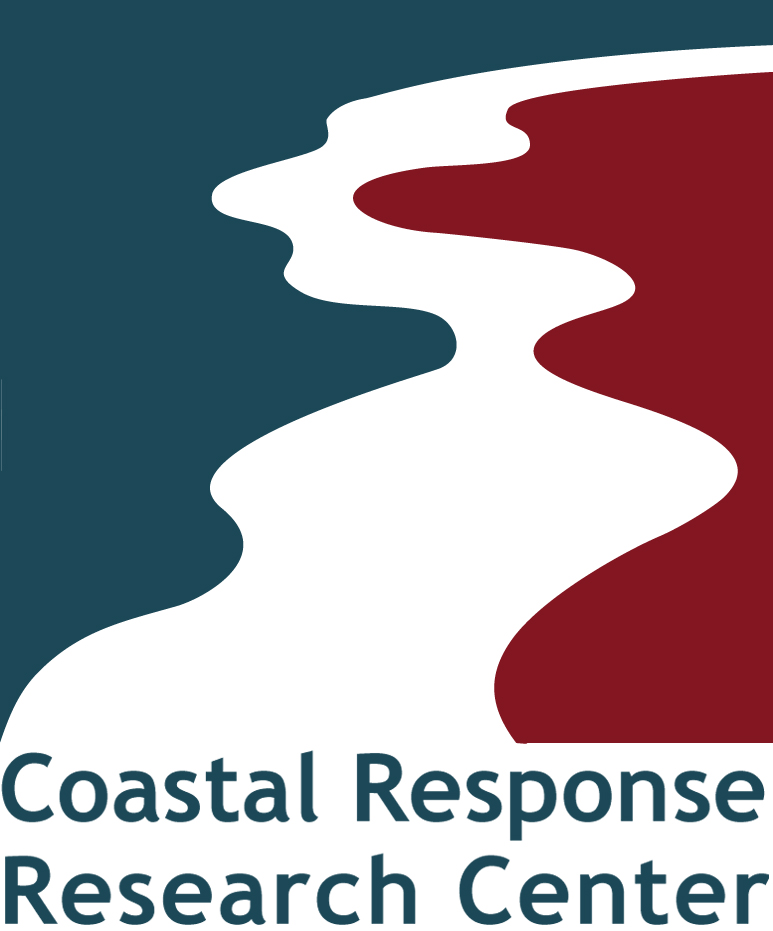Abstract
Environmental Sensitivity Index (ESI) products are developed by the National Oceanic and Atmospheric Administration (NOAA) to support planning for and responding to coastal oil and chemical spills. ESI data describe a variety of coastal resources that are at risk from oil spills that include sensitive shorelines (e.g., marshes, tidal flats), biological resources (e.g., birds, shellfish beds), and human-use resources (e.g., public beaches, water intakes). ESI maps and datasets include shoreline types that are ranked according to their sensitivity to oil and chemical spills. This index was the original focus of ESI maps and has been a standard for industry and responders since the late 1970s. ESI products also include extensive data describing the distribution of other biological and human-use resources at risk in a coastal area, typically displayed along with the ranked shoreline types in map products.
The NOAA Office of Response and Restoration (NOAA ORR) is interested in expanding the content and application of ESIs by incorporating additional, specific sensitivity scales that enhance their utility as planning tools for a broader suite of coastal hazards than oil and chemical spills. Expanding the content and applicability of ESI products will enhance the tool as a “one-stop shop” for coastal planners and emergency responders. The goal is that NOAA ESI data will be useful for broader coastal hazard planning and response by federal, state, tribal, and municipal agencies as well as industry and the public at large.
To this end, Research Planning, Inc. (RPI) undertook the project Environmental Sensitivity Index (ESI) Feasibility Study of All-Hazards Indices Expansion in response to a grant issued by the University of New Hampshire Coastal Response Research Center (CRRC) and NOAA ORR. This project investigates the feasibility of expanding the applicability of ESI products to include additional hazards. To accomplish this, new indices were developed to rank the relative sensitivity of selected natural and human population resources or “receptors” to an expanded suite of coastal hazards or “stressors.” The methods and concepts that were developed were applied to a pilot area consisting of two ESI atlases in southern Florida by comparing the distribution of the receptors of interest with the stressor/hazard occurrence rates to evaluate exposure, then spatially analyzing where exposures of sensitive receptors to likely stressors occur. This report summarizes methods and data sources used, pilot results, and preliminary findings.
Publication Date
9-4-2024
Document Type
Report
Recommended Citation
Research Planning, Inc, "Environmental Sensitivity Index (ESI) Feasibility Study of All-Hazards Indices Expansion" (2024). Coastal Response Research Center. 39.
https://scholars.unh.edu/crrc/39

